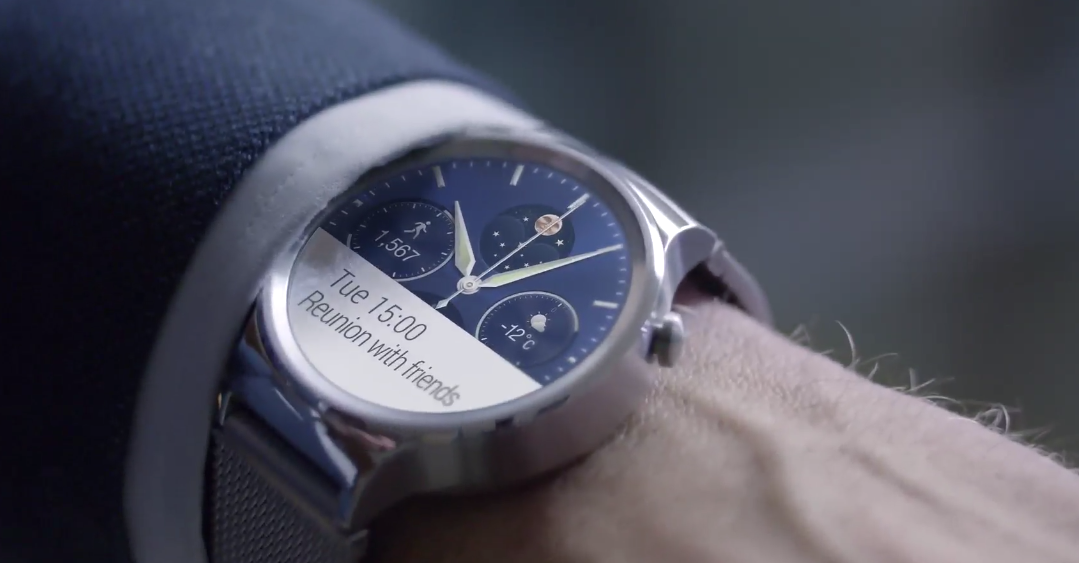Days before the long-anticipated official release of Apple Watch, several brands are announcing their own major releases all hoping to capitalize on the forthcoming public attention and legitimacy that Apple may bring to the market, including:
Pebble
Equipped with a new color e-paper screen, a 7-day-long battery life, and a new timeline-based interface, Pebble’s new Time smartwatch has become the most funded project in Kickstarter history in just one week, with a whopping $16 million in pre-orders so far.
Huawei
One of the highlights of Mobile World Congress has been a well-received minimalist smartwatch from little-known Chinese manufacturer Huawei. Billed as its first play for the western markets yet, the Huawei Watch is backed by Android Wear OS.
Motorola
Trying to recapture the attention of mobile phone consumers, Motorola announced earlier this week that a new version of its Moto Maker, the consumer-facing customization tool for Moto X, will be soon adapted to offer more personalization options for its smartwatch Moto 360.(Update: the customization site is now live.)
How will the Apple Watch stack up to all these eager competitors? Follow the Lab on Monday as we live tweet the event, followed by end-of-day recaps and implications for brands.
Header image taken from Huawei Watch’s official webpage

